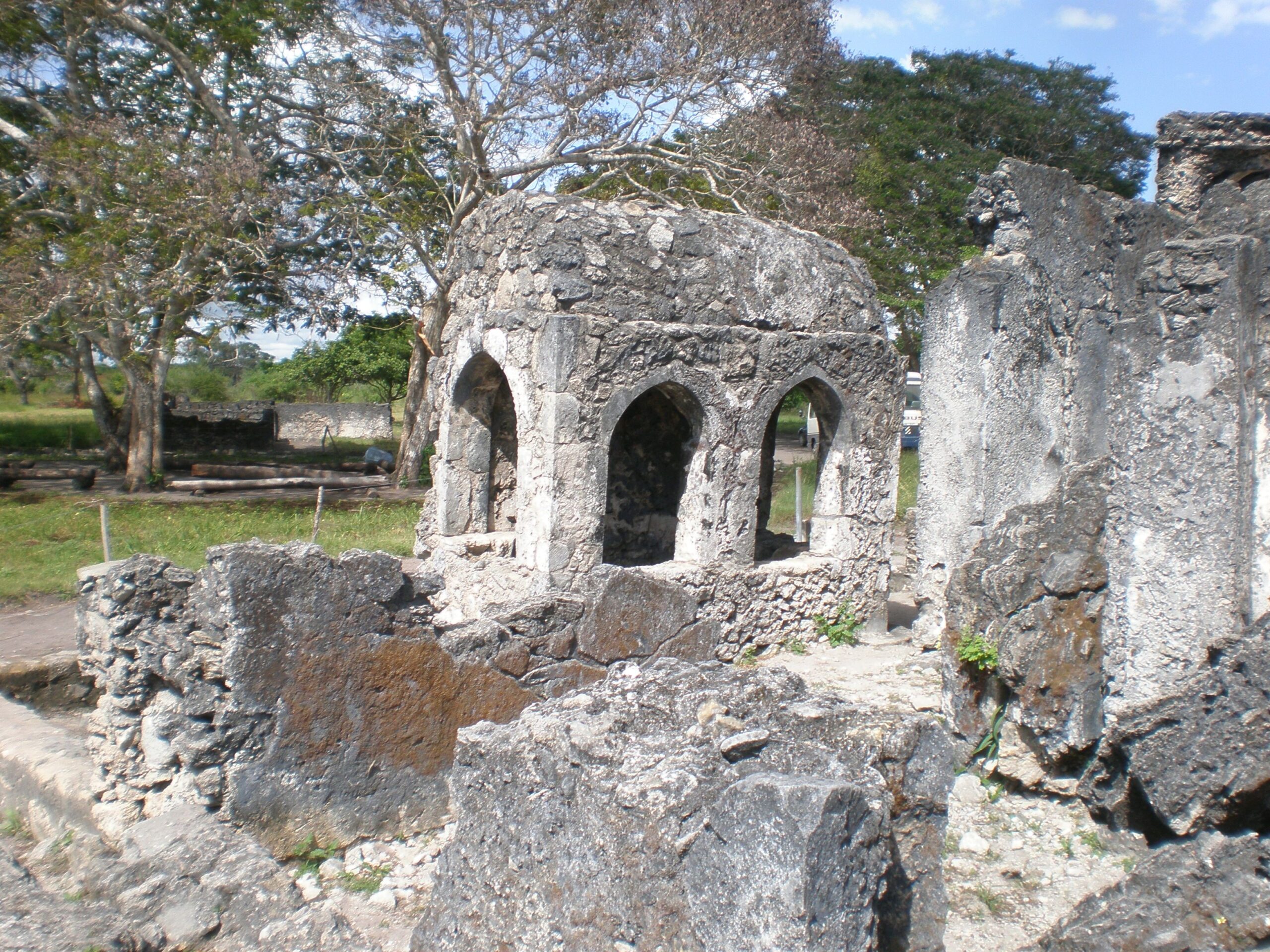Bagamoyo Tour
Facts About This Tour
- Place:Bagamoyo Tanzania
- Duration From 5 Days .
- Accommodation : Lodge and Hotels
- Cost: From $120
Bagamoyo Tour
Bagamoyo tour 5 days Tour has been updated from 3 to 5 days, it will take you to have a look and if possible purchase some African Arts made by natives, further more to experience- the historical sites of Geza Ulole and the famous Bagamoyo and Dar es Salaam. Bellow find your day by day itinerary with accommodation.
Trip Info:
You will enjoy and experience nature, wildlife, habit and habitat of the fauna and flora in the natural areas, also peoples and culture. Availability 90% Sure, Book today.
Day 1: Dar es Salaam City Tour
In the morning at 0830hrs, or early afternoon, pick up from your hotel in Dar for a half day city tour to Mwenge Art tour to see wood carvings, cloth painting arts like batiks, tinga tinga and many many arts. This tour will take you further to the National Museum to see a Skull of Zinjathropus and which was discovered in Ngorongoro Olduvai Gorge area. Overnight stay at your selection Dar Hotels, HB
Day 2: Gera Ulole
After breakfast, continue with your tour to Geza Ulole 20 km South of Dar es Salaam at Mboamaji, the original Village on the Coast to visit a four centuries historical Old Mosque, Slave deport from where slaves were transported and Old Muslim graves.
You will also see local fishermen in their daily activities with their Dhow catching water foods. Afternoon walk thru the Village to experience lifestyle and culture of Zaramo tribe people tah originate the Village. Dinner and overnight stay at Kali Mata, a Women project funded by Dutch initiatives. HB
Day 3: Dar – Bagamoyo
After breakfast travel thru the city of Dar es Salaam to Bagamoyo Village town, north of Dar City for historical tour, to see the historical city of Bagamoyo, Old cathedral, coral museum, carol mosque at Kaole, Old ferry at the Great Wami River and others of 13th century, also visit the African Art Collage in Bagamoyo. Meals and overnight stay at your choice Bagamoyo resorts. HB
Bagamoyo is where Dr. Livingstone, Stanley and others started off their journey to the interior of the country. This is also the endpoint of the long wandering slaves were forced and collected from different places in neighboring countries or Western parts of Tanzania. To them this was the place where? all hope was lost? While for a traveler reaching the port from the Indian Ocean was the place where? all hopes were fulfilled.
From 1887 to 1891 Bagamoyo was the capital of German East Africa. Even today you find remnants of the slave trade at the seaside.
Day 4: R & R
At Rest and Relaxation,
this day at leisure by the pool on the soft white sand beach of the coastal resort. Wahet sport can be arranged for those who want. You will have all meals and overnight at the same resort booked on Half Board basis, HB
In Bagamoyo you should not miss
The Museum
There is a small museum at the Catholic Mission just outside town. In the same place you find the chapel where Livingstone’s body was kept waiting for transport to Zanzibar on its way to West Minster where Livingstone was buried.
Boat building activities
Near the port there is boatbuilding going on. You can watch the workers and see how a local boat is being built.
Fish market
Almost every afternoon there is an auction at the local fish market. This is an experience you will remember.
Chuo cha Sanaa
Chuo cha Sanaa is a well-known theatre and art college where traditional dance performances and drumming are arranged every now and then.
Day 5: Bagamoyo – Back to Dar.
After breakfast, check out and drive back to the city of Dar for your next travel, End of Safari.
Bagamoyo Tour.

Coast of Bagamoyo
Bagamoyo was founded towards the end of the 18th century as a small port trading in dried fish, gum, cobalt and salt. Bagamoyo also served as a caravan entreport, with traders coming from distant areas of the interior, as far as Morogoro and Usambara. Later on, the use of this town for Ivory and slave trade increased its importance in the 19th century.
Bagamoyo’s importance began to decline when in 1940 the Sultan of Oman, Seyyid Said, decided to move his capital from Muscat to Zanzibar, to be closer to his dominion along the Eastern African coast.
Caravans would come to the coast from the interior with goods like clothing, wire, beads and other ornaments, and would return with slaves carrying Ivory. Hence Bagamoyo became the main entreport for the slave and ivory trade on the mainland.
Renowned European explorers like Burton, Speke, Stanley and Livingstone all passed through Bagamoyo. The Holy Ghost fathers established their first mission station in Bagamoyo in 1868, and it was in its chapel that Dr. Livingstone’s body was brought from the interior and kept before being shipped back to Europe.
Address:
275,Sombetini Road, P.o.box 275, Arusha, Tanzania Phone:+255655707352
Email:
info@travelers Africa.com
Open Hours:
Mon-Sat: 9am - 6pm

